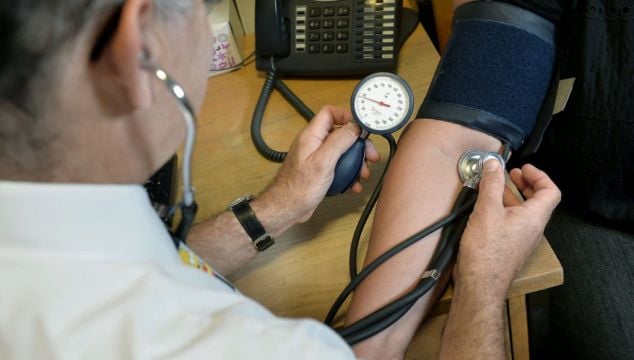In three years time there will be 1,380 less GPs in the country, a new study shows.
The study, titled 'Supporting Medical Students Towards Future Careers in General Practice: A Quantitative Study of Irish Medical Schools', shows that in Ireland there is a significant, and increasing, shortage of general practitioners.
By 2025, this shortfall could be as high as 1,380, from a current workforce of 3,923 the study highlights which is published in this month’s edition of the Irish Medical Journal.
The authors aimed to determine the proportions of EU medical graduates from each of the six Irish medical schools who applied to the national GP Training Programme for the four year programme from 2017 to 2021.
Ireland has six medical schools located in the University of Galway, University College Dublin, University College Cork, University of Limerick, Trinity College Dublin and the Royal College of Surgeons in Ireland University of Medicine and Health Sciences.
The Irish Medical Council has had a specialist register for GPs since 2007 – the first European country to do so. Between 2017 and 2021 inclusive, the average annual percentage of EU graduates applying to the GP programme ranged from 25-55 per cent for each of the six Irish medical schools
Health systems globally are currently producing insufficient general practitioners (GPs) to sustain workforce requirements. Ageing of populations and the medical workforce itself will only exacerbate this shortage.
Exposure to general practice as part of the formal, informal, and hidden curriculum, and positive experiences and role models in GP have all been identified as contributing factors in young doctors choosing to undertake higher training in GP.
The UK Department of Health in 2015 set a target of 50 per cent of postgraduate medical training places to be allocated to general practice. "No similar target exists in Ireland", the University of Galway authors point out, and "our figures suggest that Ireland is nowhere near achieving such a target.
"Medical schools need to seriously consider their role in addressing the medical service needs of the nation and the contributions they can make through revising their courses."
Another response, the authors say, "would be to significantly increase the number of graduate entrants, whilst managing the inherent potential for (impacting on) students from poorer socioeconomic backgrounds".
A more radical development, the study shows, would be to develop an entirely new medical school with a particular focus on addressing the recruitment and retention of GPs and generalists — such as the Scottish government has done with 75 per cent of clinical training in the community.
"Such a radical approach may have an earlier impact than attempting to influence current medical curricula - some of which have evolved over 425 years," the authors add.
"Further national and international work is required to inform how best medical schools can support the generation of tomorrow's GPs. The current crisis in workforce planning in GP will require radical and effective solutions," they conclude.







